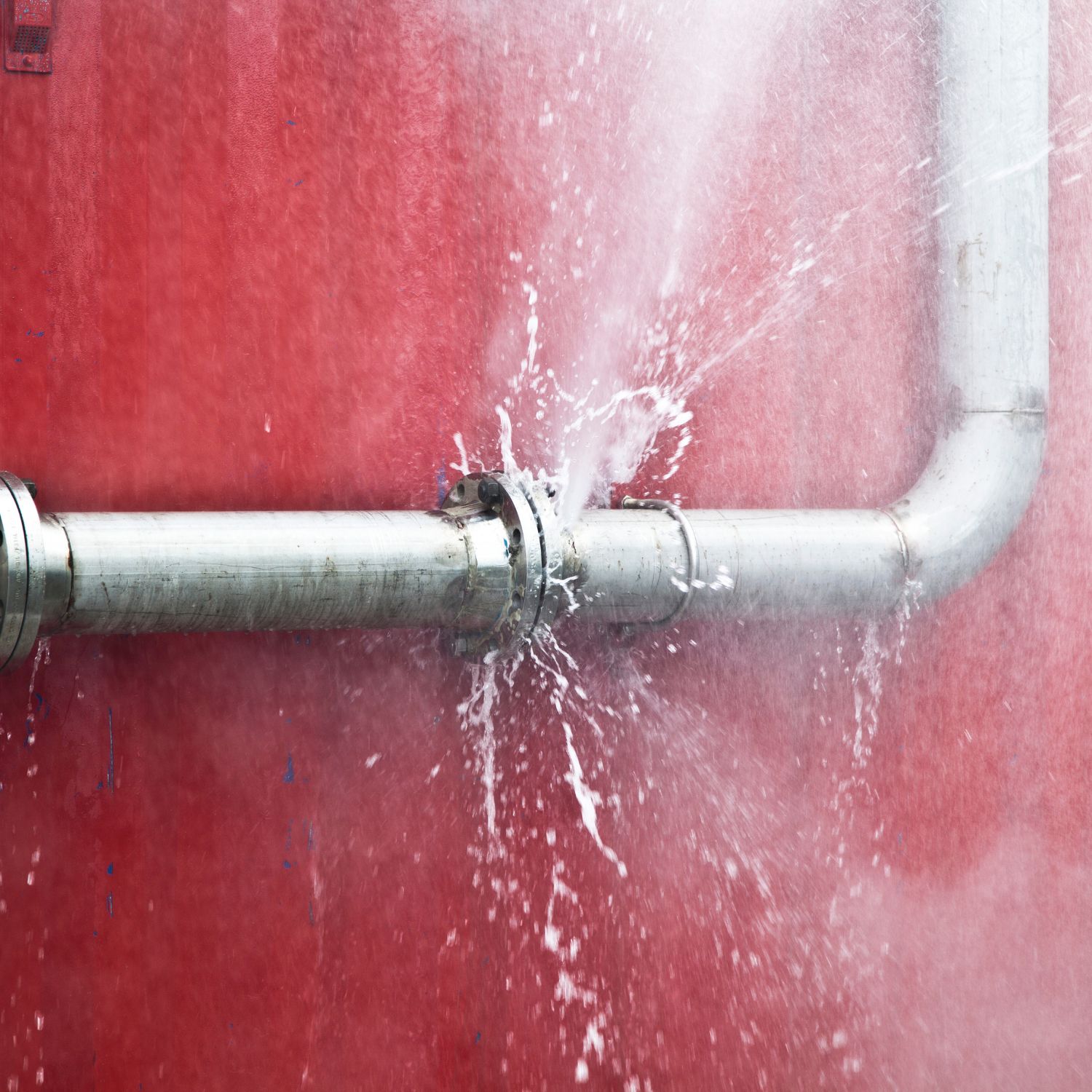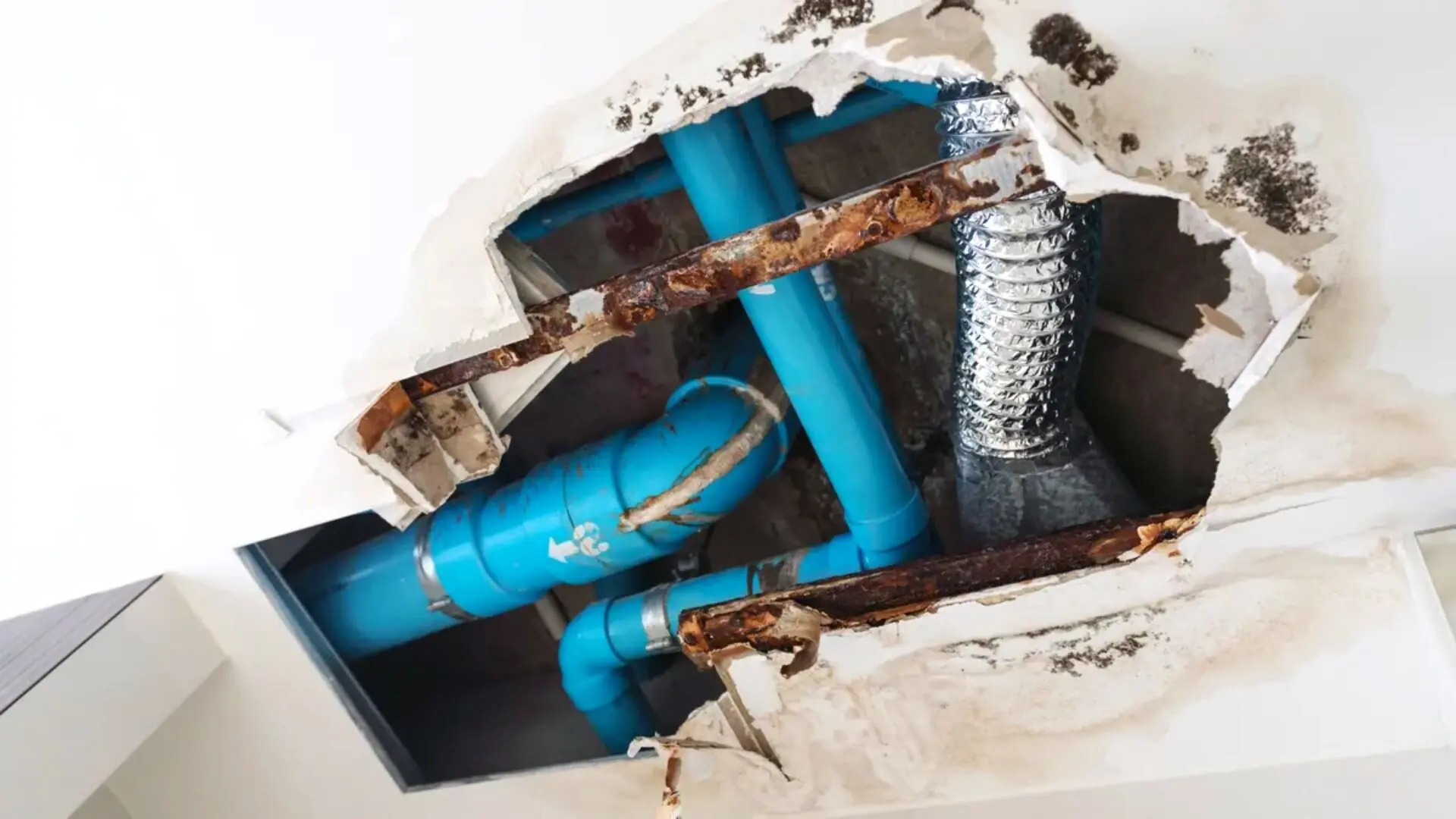Signs of a Burst Pipe: How to Identify and Address the Issue Before It Escalates
Signs of a Burst Pipe: How to Identify and Address the Issue Before It Escalates
Blog Article
Protecting Against Ruptured Piping: Crucial Tips to Shield Your Pipes
Preventing ruptured pipes is a critical worry for property owners, particularly during cooler months when the threat of freezing is enhanced. Executing critical actions such as appropriate insulation, regular assessments, and preserving regular indoor temperatures can dramatically reduce the possibility of pipe failing.
Understand Pipeline Vulnerabilities
Recognizing pipe susceptabilities is crucial for effective plumbing maintenance and protecting against pricey damages. A number of aspects add to the susceptibility of pipes to ruptureds, including material structure, age, and environmental problems. Older pipelines, particularly those made from galvanized steel or polybutylene, typically break down over time, resulting in raised danger of tears and leakages.
Temperature level changes can also dramatically impact pipe integrity. In colder environments, water entraped in pipes can freeze, increasing and exerting stress on the pipe walls, which may ultimately cause a ruptured. In addition, high water stress can stress pipelines, especially at joints and bends, increasing the chance of failure.

Insulate Piping Properly
Appropriate insulation of pipes is essential for stopping cold and subsequent bursts during winter (burst pipe). Protecting your pipes system properly safeguards versus temperature goes down that can cause pricey damages. Begin by identifying susceptible locations where pipes are exposed to outdoor temperatures, such as basements, attic rooms, and exterior walls
Use foam pipeline insulation sleeves or cover insulation tape around these areas to supply a protective barrier. Guarantee that all sections of the pipelines, specifically those with minimal warmth direct exposure, obtain sufficient insulation. Pay unique interest to installations and joints, as these are much more prone to freezing.
When shielding, it's vital to pick products that fulfill local building regulations and are ideal for the details setting. Fiberglass insulation is commonly recommended for its thermal resistance residential properties. In addition, take into consideration utilizing heat cables or tape in extreme problems, which can be connected in to offer supplemental warmth
Regularly examine shielded pipes for any indicators of wear or damages, as endangered insulation can decrease its efficiency. By taking these proactive steps, you dramatically minimize the risk of pipeline bursts, ensuring a reputable plumbing system throughout the cold weather.
Maintain Constant Temperature
A steady interior temperature is essential for avoiding burst pipes during the cold months. When temperatures decrease, water within pipes can ice up, developing and expanding stress that may inevitably cause the pipelines to ruptured. To reduce this risk, homeowners must keep a constant temperature level throughout their home, preferably no less than 55 ° F(13 ° C)Making use of a programmable thermostat can help take care of indoor temperature levels efficiently, making certain that rooms with pipes continue to be warm also when your home is vacant. Pay unique attention to areas that are extra prone to cool, such as attic rooms, cellars, and garages. Maintaining cabinet doors open under sinks can likewise enable warmer air from the home to circulate around plumbing.
Additionally, it is sensible to permit faucets to leak somewhat throughout extreme cold snaps. This minor flow of water can avoid cold by easing stress within the pipelines. During specifically extreme weather condition occasions, take into consideration momentarily putting on hold any type of nighttime problems on your thermostat to preserve a consistent warm environment. By implementing these approaches, house owners can dramatically lower the risk of pipeline bursts and safeguard their plumbing systems versus the rough winter aspects.
Regularly Evaluate Pipes
Regular inspections of pipes systems are important for find more info preventing burst pipes and keeping total home honesty. Regular checks allow property owners to determine potential issues prior to they escalate into pricey repair work or major water damages. Throughout these examinations, it is crucial to check out visible pipelines for indicators of rust, leakages, or put on. Pay special attention to locations vulnerable to freezing, such as basements, attic rooms, and outside walls.
Additionally, examining joints and connections is important, as these points are usually vulnerable to leaks. House owners need to also analyze water pressure levels, as too much pressure can strain the pipes system and enhance the danger of pipeline ruptureds.
Take into sites consideration organizing specialist plumbing assessments at least once a year, especially prior to winter season, to ensure your system is prepared for colder temperature levels. By being aggressive in your technique, you can protect your home versus the pricey and turbulent consequences of burst pipelines.
Know Emergency Procedures
Understanding emergency situation procedures is crucial for every single house owner, especially after performing normal pipes inspections. Being prepared for a pipes emergency can significantly mitigate damages and save prices. Initially, locate your primary water shut-off valve; it is generally found near the water meter or where the main line enters your home. Acquaint yourself with its operation, as turning off the water system quickly can avoid substantial flooding.
Following, keep vital devices useful. A pipes emergency set should include a wrench, bettor, and towels, as well as a flashlight and a bucket for small leakages. In addition, consider having the contact info for a relied on plumbing professional conveniently available, must the circumstance intensify past your control.
If you identify a leak or burst pipe, right away switch off the supply of water and inform your plumbing technician. Furthermore, record the damages with photographs for insurance policy objectives. burst pipe. Be mindful of the signs of prospective plumbing issues, such as unusual water pressure changes or damp places on walls
Ultimately, aggressive knowledge and speedy action are critical in taking care of plumbing emergencies, ensuring your home stays protected and reducing potential damage.

Final Thought
In conclusion, stopping burst pipelines demands a diverse approach that consists of understanding pipe susceptabilities, correct insulation, maintaining regular indoor temperature levels, routine examinations, and understanding of emergency procedures. By applying these essential techniques, the risk of pipes failures can be substantially lowered, thus making sure the long life and effectiveness of the pipes system. Proactive steps not just protect versus prospective damages however also add to total water preservation and the security of residential property.
In chillier environments, water caught in pipelines can ice up, increasing and putting in pressure on the pipeline wall surfaces, which may eventually lead to a burst. When temperature levels drop, water within pipelines can freeze, increasing and creating pressure that may ultimately cause the pipes to ruptured. By implementing these methods, house owners can dramatically lower the danger of pipe ruptureds and protect their plumbing systems against the harsh wintertime aspects.

Report this page